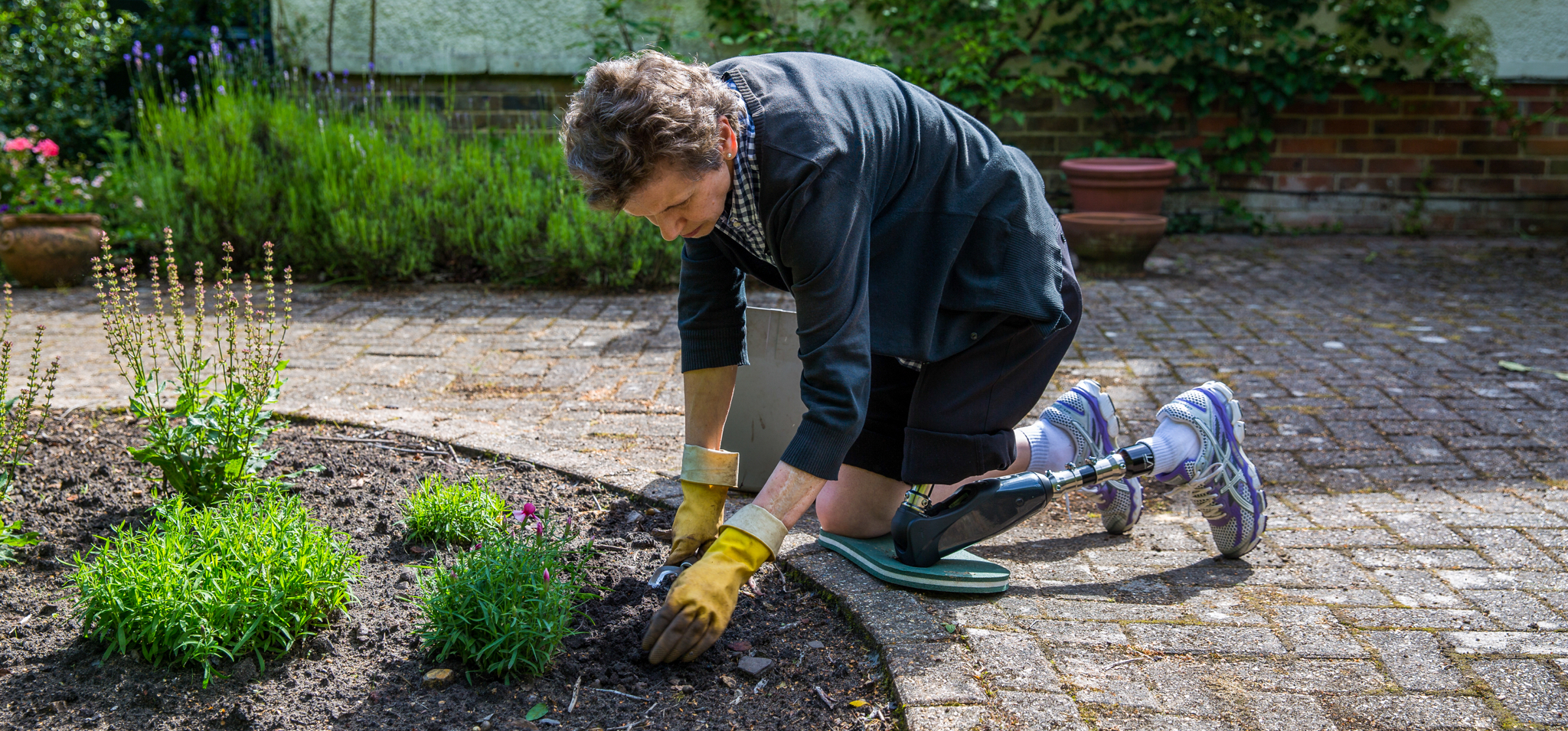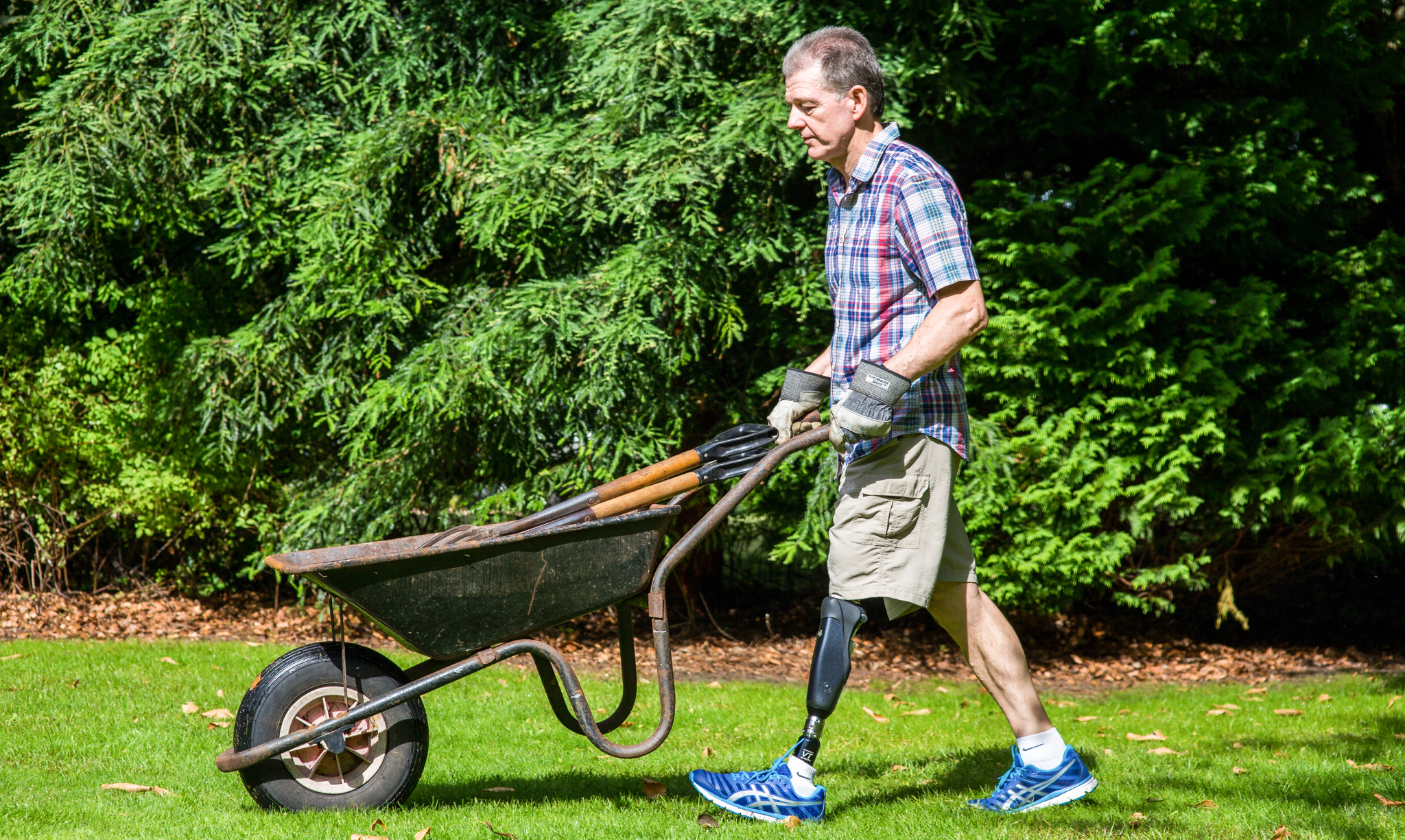Understanding Microprocessor Knees
NHS MPK Funding
The NHS England Clinical Commissioning Policy for microprocessor controlled knees means that MPK’s can now be prescribed to patients at specialist rehabilitation centres giving Prosthetists the opportunity to prescribe amputees with the best solutions the market has to offer.
Current Challenges
Access to these microprocessor-controlled knees will be hugely beneficial to those suffering with above knee and hip disarticulation amputations, particularly activity level 3 walkers who face the potential of injury caused by falls and long term health issues associated with uneven weight distribution caused by lack of confidence with their current devices. Using current systems available on the NHS, amputees may often struggle to stand still as their knees have limited stability. The lack of trust in their prosthetic limb often means that the user will shift their weight on to the none-amputated limb. This has a detrimental effect on other joints. Users of microprocessor-controlled knees also benefit from stability on different terrains, slopes and steps, as well as being able to walk more naturally and efficiently at either single or varying speeds.

Benefits of MPKs
Microprocessor controlled knees, such as Orion3, adapt hydraulic resistance in real time, providing the wearer with support when moving in any environment or standing still.
Orion3 also has stumble recovery technology, ensuring that the knee remains stable should the user falter. This reduces this risk of amputees falling or injuring themselves when walking or changing environments, and provides users with the confidence and stability needed to move without fear. Such benefits not only make a huge difference to patient safety and quality of life; they also reduce the lifelong care needs of amputees.
Prevention of falls is just one aspect – reducing the chances of acute injuries – but effective stabilisation can also cut the knock-on medical problems often experienced by amputees with conventional prosthesis and joints, such as lower-back pain, arthritis and hip replacements.


